A tree that’s leaning didn’t get that way overnight. Most of the time, it’s because the roots have shifted due to storm damage, saturated soil, or construction near the base. The real danger of a leaning tree is whether it could fall or not.
In New York City, where heavy clay soil holds water and freeze-thaw cycles weaken the roots to anchor properly, even a strong tree can start to lean after a hard rain or winter thaw. Other times, the cause is more long-term. A leaning tree might not be dangerous, but when the trunk angles more than 15 degrees from vertical, or you see soil heaving on one side, it’s a sign the leaning tree could fail or fall.
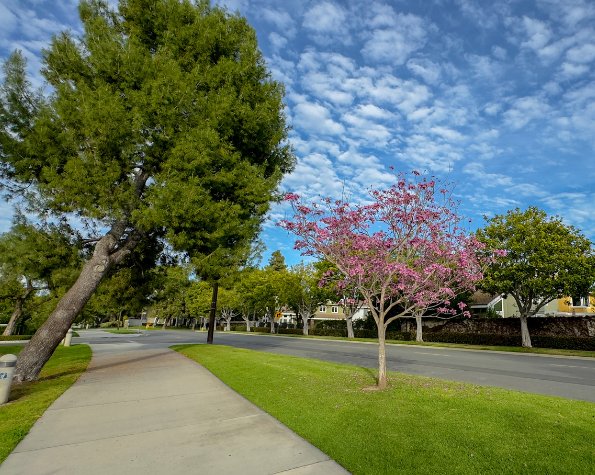
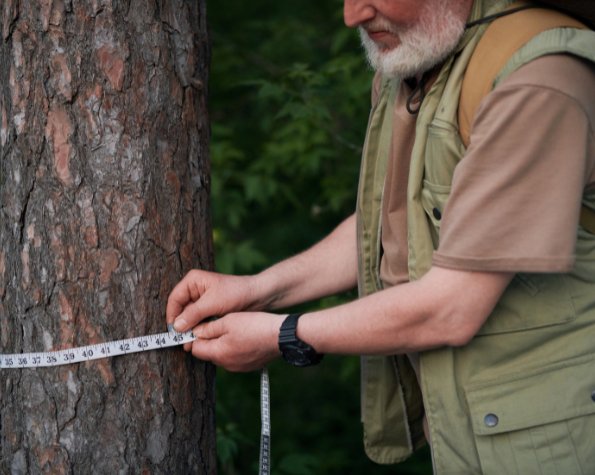
How to Assess if a Leaning Tree is Dangerous
- Start by measuring the degree of lean. If the trunk is angled more than 15 degrees from vertical, it’s considered high-risk. A slight tilt may be stable, especially if it’s been that way for years.
- Look for soil heave (raised ground on one side). This means the root plate has lifted, which often happens after rain or windstorms. Exposed or cracked roots confirm the tree has shifted and is losing its anchoring strength.
- Inspect the trunk for cracks, splits, or oozing sap. Soft, mushy bark or fungal growth (like mushrooms) at the base are signs the tree is dying from the inside. A leaning tree with structural damage in the trunk is much more likely to fall.
- Check the canopy. An uneven or lopsided crown creates imbalance, putting extra stress on the root system. Trees with most of their branches on one side are more prone to failure.
- Consider the species. Some trees are naturally more vulnerable. Pines, silver maples, willows, and poplars have shallow roots and are more likely to lean or fall during storms. Oaks and sycamores are generally more stable but can become hazardous if roots are damaged or soil is saturated.
- Finally, think about direction. A tree leaning toward a house, sidewalk, car, or power line is a higher risk than one leaning into open space.
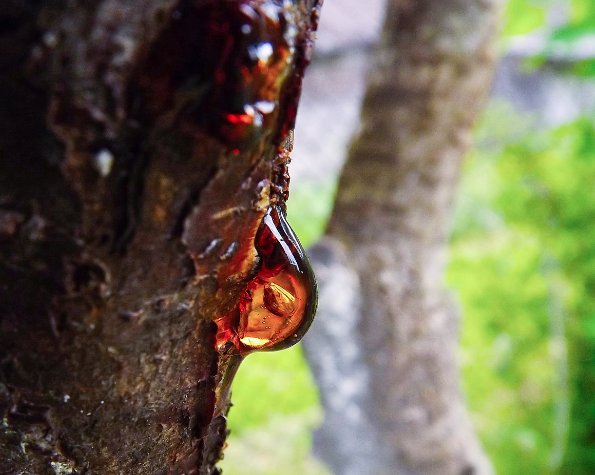
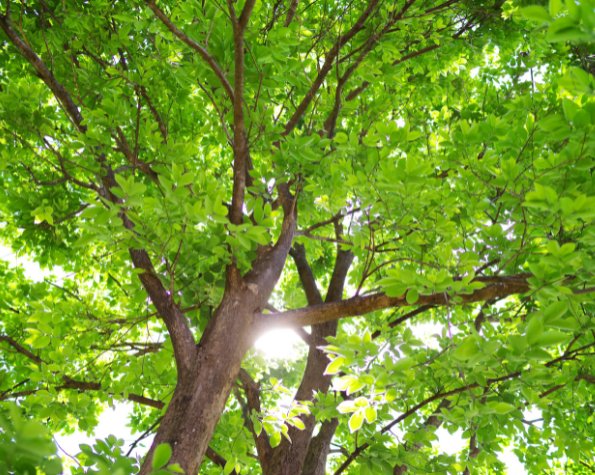
What to do About A Leaning Tree
Option 1: Monitor and Stabilize (If Low Risk)
If the lean is minor, the roots are intact, and the tree is otherwise healthy, you might be able to stabilize it. Cabling can help redistribute weight and prevent further movement. Root zone repair (adding structural soil or mulch) can prevent further settling. But these are temporary fixes, not long-term solutions.
Option 2: Replant (If Young and Salvageable)
If the tree is young (under 10 years old) and the root plate hasn’t been badly damaged, it might be possible to dig it up and replant it.
Option 3: Remove the Tree (If High Risk)
If the tree has a severe lean, lifted roots, or is leaning toward a structure, full tree removal services are often the safest option. A tree that’s already leaning is more likely to fall in the next storm.
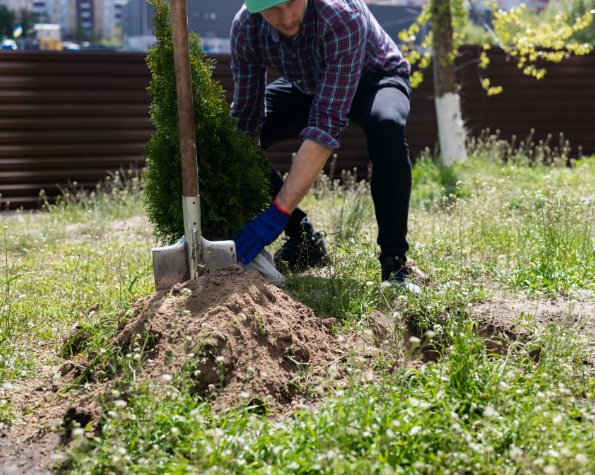
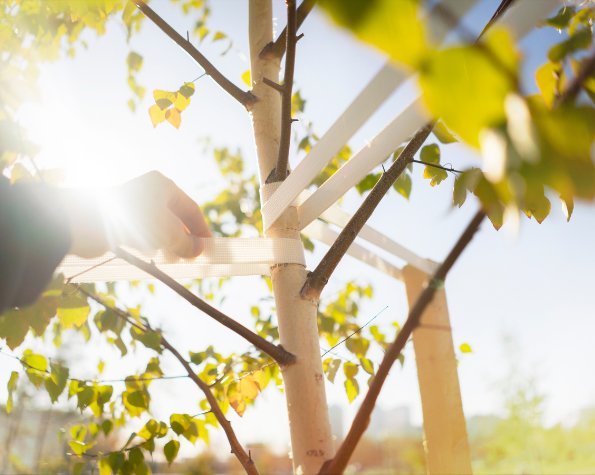
FAQs
Sometimes, but only if it’s young, the roots are intact, and the lean is minor. For mature trees with lifted root plates, straightening isn’t possible. Cabling can help stabilize a tree, but it won’t fix a severe lean.
Homeowners insurance often covers damage to your house or car from a fallen tree, but not the cost of removal unless it’s blocking access. If the tree was already leaning or diseased and you didn’t address it, the claim could be denied. That’s why it’s important to have risky trees inspected and documented. We offer professional tree risk assessment services for this reason.
No. Once a tree has shifted significantly, it won’t correct itself. Trees can adapt to minor settling through gradual root growth, but if the soil has heaved or roots are exposed, the damage is done. The tree may survive in its new position, but it’s now structurally compromised. Wind, snow, or saturated soil can push it further. In most cases, a noticeable lean only gets worse over time.
Storms often cause leaning when heavy winds combine with saturated soil. When the ground is waterlogged, especially clay-heavy NY soil, roots lose their grip, and the tree can shift or partially uproot. This is called windthrow. It’s common after nor’easters, spring thunderstorms, or heavy snow events. If the root plate lifts on one side, the trunk tilts. Even if the tree looks stable afterward, its structural integrity is weakened. A tree that leaned during a storm is more likely to fall in the next one.
No, pruning limbs won’t fix a structural lean. If the tree is off-balance due to root damage, soil heave, or trunk decay, removing branches on the heavy side won’t stabilize it. In fact, improper pruning can weaken the tree further. Cabling might help in rare cases, but only if the root system is intact.
Yes, but only under certain conditions. Strong winds don’t usually push over healthy, well-anchored trees. But when combined with saturated soil, they can cause the root plate to lift, especially in clay-heavy NY ground that holds water. This is common after nor’easters or spring storms.
Trees with shallow roots, like pines, silver maples, or willows, are most vulnerable. If the trunk is now off-vertical and the soil is raised on one side, the tree has likely shifted. Even if it looks stable, its structural integrity is compromised. A tree that leaned during a storm is more likely to fail in the next one.
